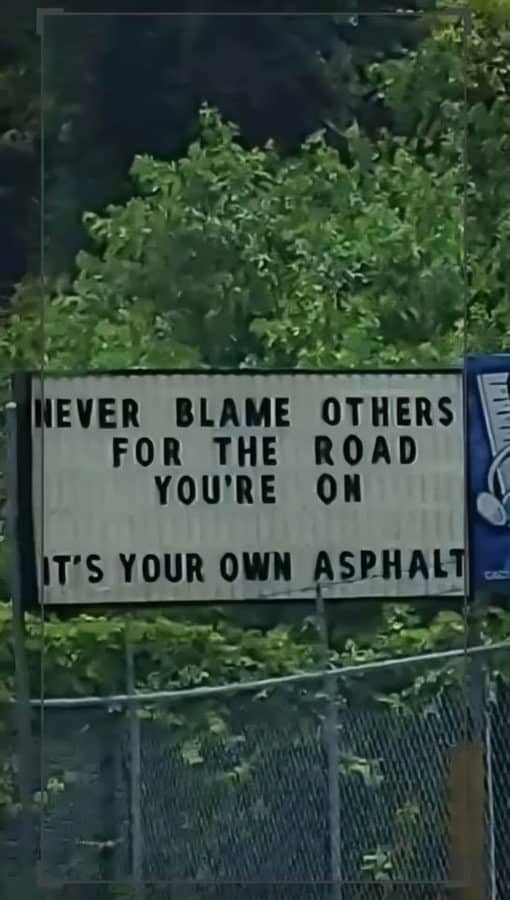Demotivational Memes
RANKING FOR BEST Demotivational Meme
Hello, weary internet traveler! Welcome to my unique corner of the digital world. My name? I’m the beloved page “Demotivational Memes,” nestled warmly within the expansive and ever-entertaining realm of topyoular.com. As my title might tickle your curiosity, I’m here to serve you a blend of humor that’s a tad bit different from your everyday meme fodder. I specialize in the art of demotivation, a twist on the motivational culture you see sprawled across the internet.
Now, before you assume I’m here to rain on your parade, let me assure you, my intention is purely to sprinkle a dose of reality with a generous side of laughter. In a world obsessed with the relentless pursuit of positivity, I offer a refreshing breather. Here, through my wide array of memes, you are invited to chuckle at the absurdities of life, failures, and the universal truth that sometimes, despite our best efforts, things just don’t pan out the way we expected.
Each meme in my collection is carefully curated or created to nudge you into a lighter state of mind. The ethos behind my content? It’s okay not to take life so seriously all the time. With a blend of satire, sarcasm, and straight-faced humor, my demotivational memes poke fun at the omnipresent culture of overachievement and constant hustle. Through my presence on topyoular.com, I aim to become your go-to haven for when you need a break from the pressures of being perpetually switched on. Whether it’s through poking fun at the endless stream of cliché motivational quotes or the unrealistic expectations set by society, I promise you a space where laughter meets the often overlooked art of taking it easy.
So, next time you find yourself scrolling endlessly, caught in the grips of needing to be more, do more, and constantly strive for unreachable heights of success, remember me. I’ll be here, on topyoular.com, ready to serve you a reminder that sometimes, the best thing you can do is take a breath, share a laugh at life’s little ironies, and enjoy the journey, bumps and all.



